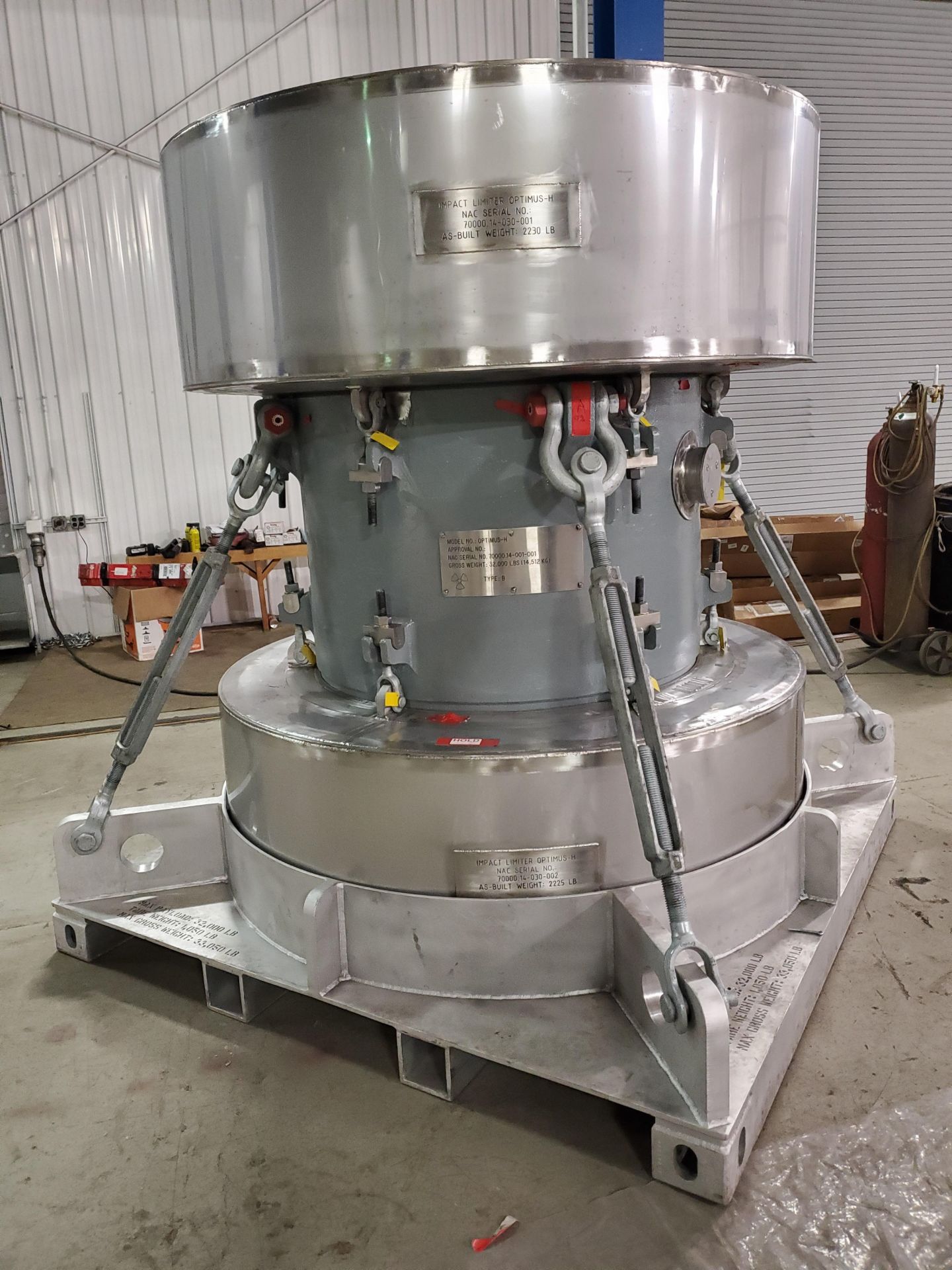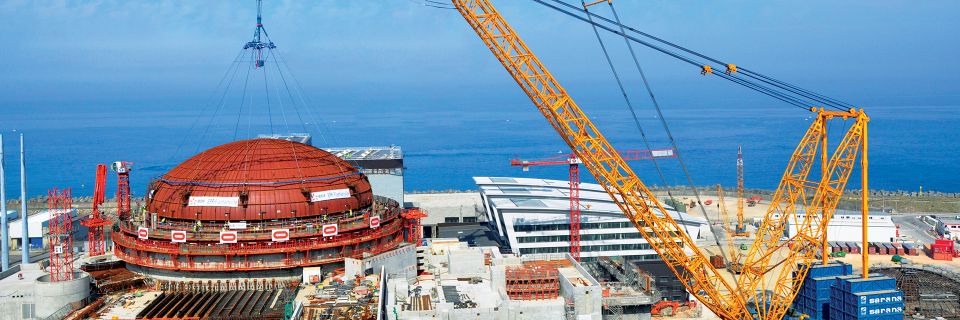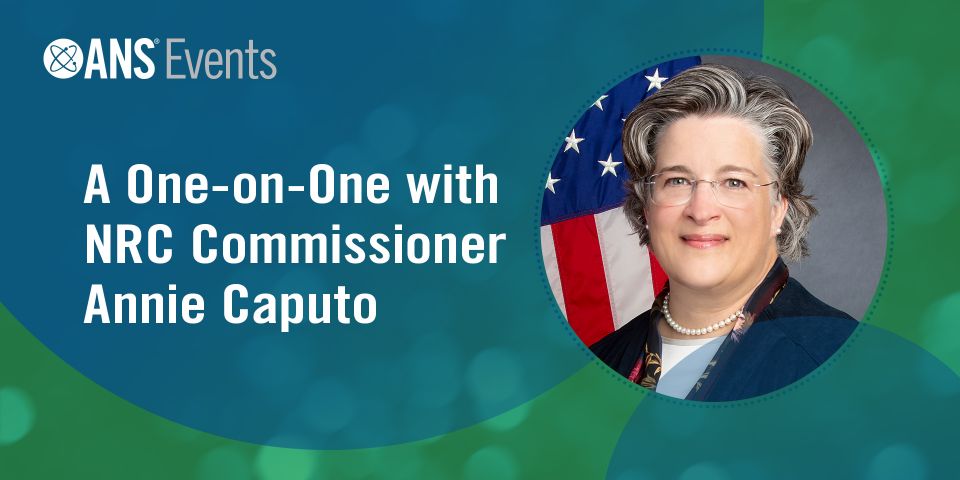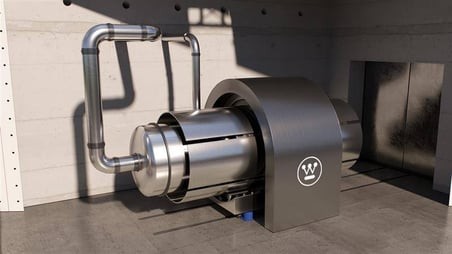Nonstandard contents: According to NAC, the OPTIMUS packages were developed to provide an adaptable, efficient, and economical alternative to nonstandard radioactive materials transportation campaigns commonly conducted using larger, inefficient transport casks. The two OPTIMUS models accommodate a wide range of contents to support customer packaging requirements in the U.S., Canada, and internationally, the company said.
The OPTIMUS-L packaging is designed and licensed for contact-handled transuranic (TRU) waste, low- and intermediate-level solid wastes, low-enriched uranium fuel waste, high-assay low-enriched uranium TRISO fuel, and other low-activity contents that require shipment as Type A(F) or Type B/Type B(F) packages.
The OPTIMUS-H model is a highly shielded version that relies on a 7-inch-thick ductile cast-iron outer shield vessel to provide sufficient shielding for a broader range of Type B contents, including Class B and C wastes, greater-than-Class-C waste, remotely handled TRU waste, spent nuclear fuel, and other intermediate-level and high-level wastes.
Standard design: According to NAC, the OPTIMUS-L and OPTIMUS-H casks use a standardized design, making them ideal for shipping TRU waste between smaller sites to support waste consolidation efforts that can improve the efficiency of shipments to the Waste Isolation Pilot Plant. In Canada, the OPTIMUS-H has been used to support a major CANDU spent fuel transportation campaign.
The company added that the packaging certificate can be amended in the future to include new contents to support projects conducted by the Department of Energy’s Office of Environmental Management, the research and development of advanced reactor fuels and generated waste forms, and other nuclear materials derived from nuclear production processes and the decommissioning and dismantling of nuclear facilities.
He said it: “The small size, modular packaging options, and greater adaptability of the OPTIMUS transportation packaging systems provide economical choices for transporting a wide variety of waste materials that until now were considered orphaned and stranded wastes,” said Kent Cole, NAC’s president and chief executive officer. “Both the OPTIMUS-L and OPTIMUS-H packaging systems are now licensed in the U.S. and Canada and deployed commercially. This allows NAC and OPTIMUS to support a wide variety of packaging and transportation projects in North America and abroad.”







